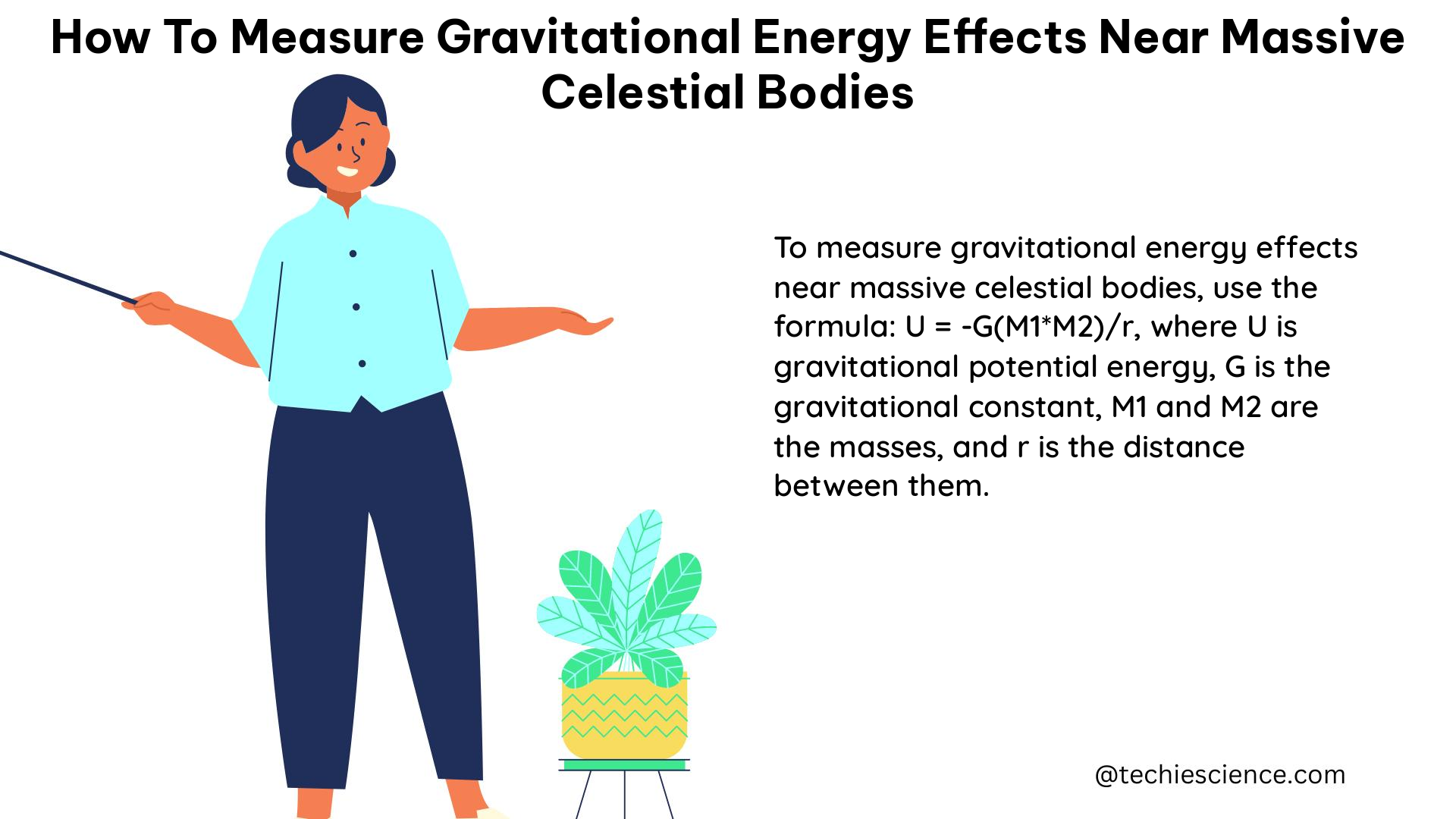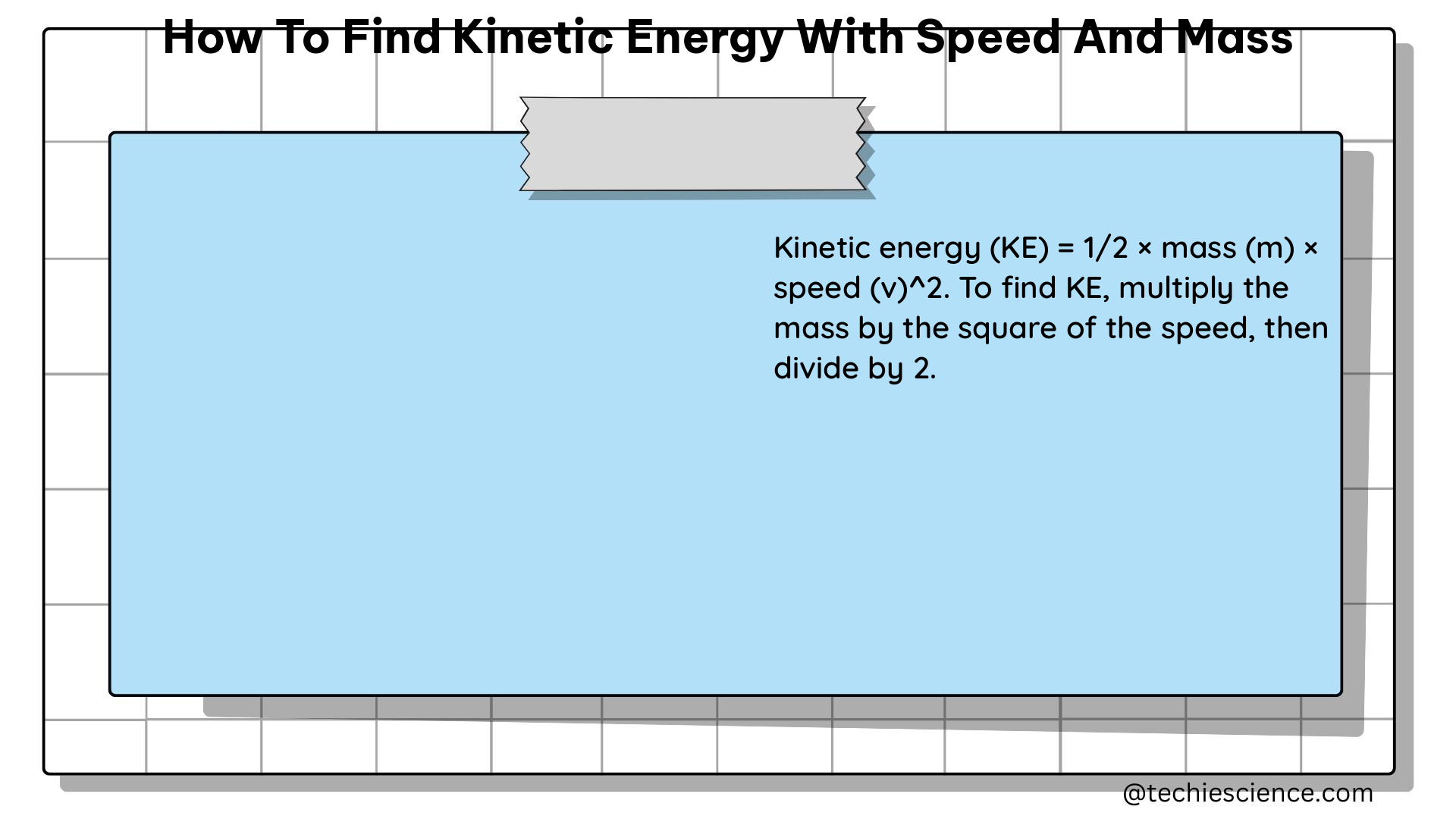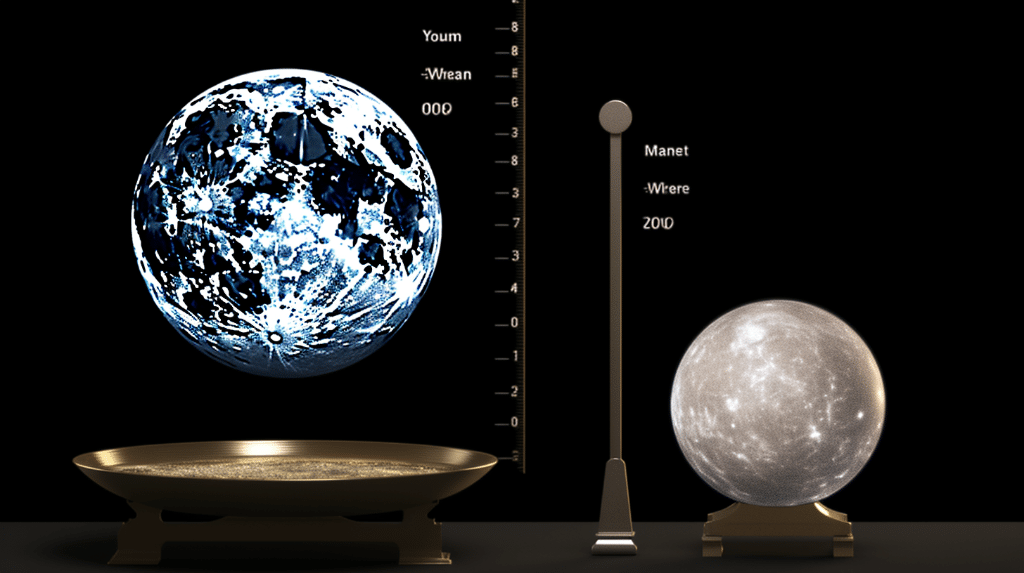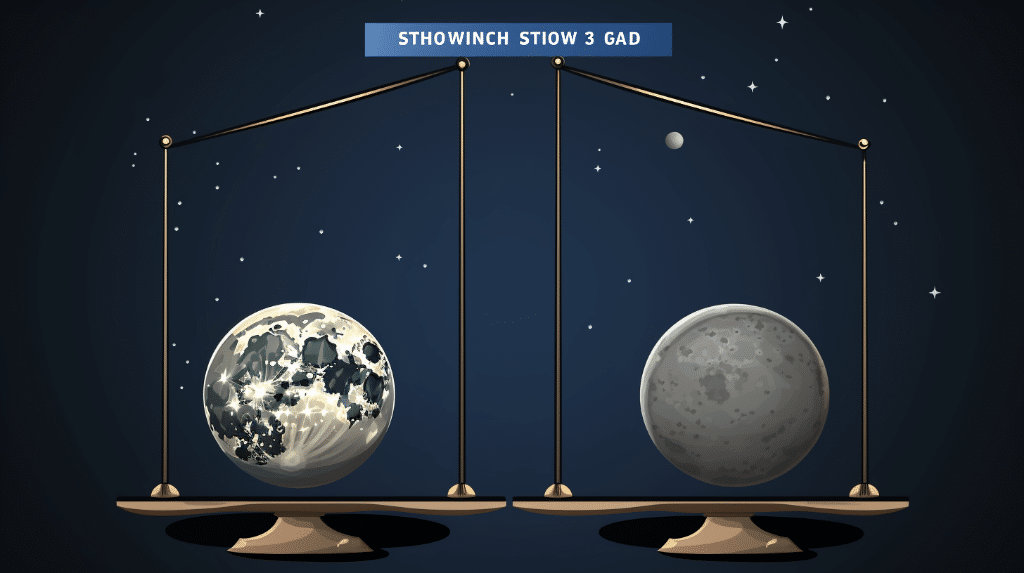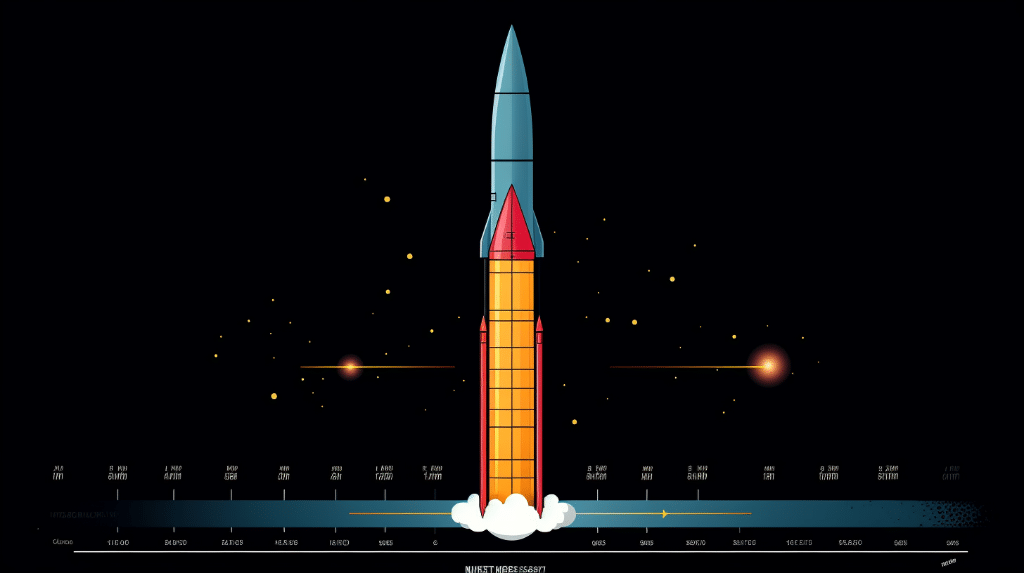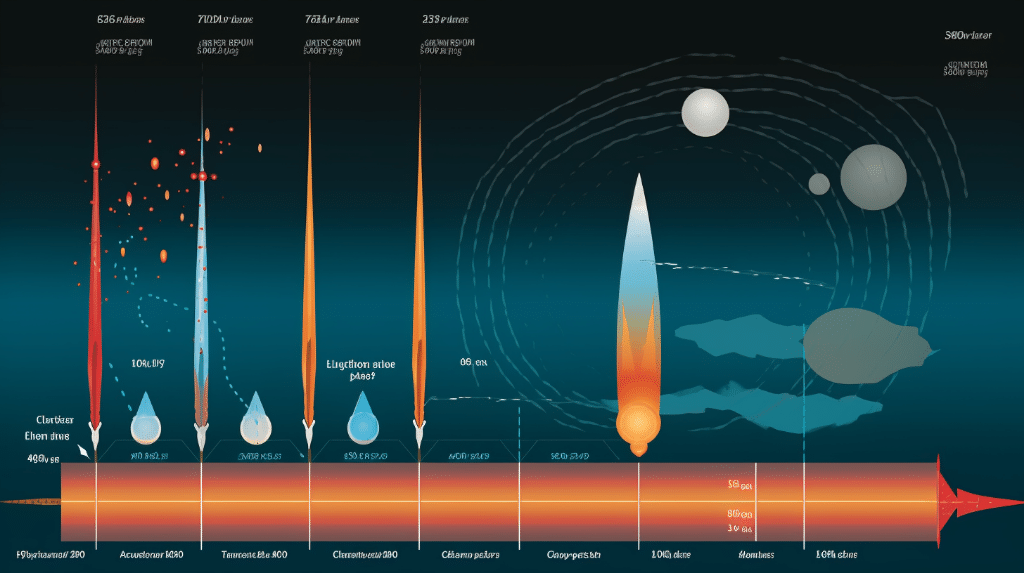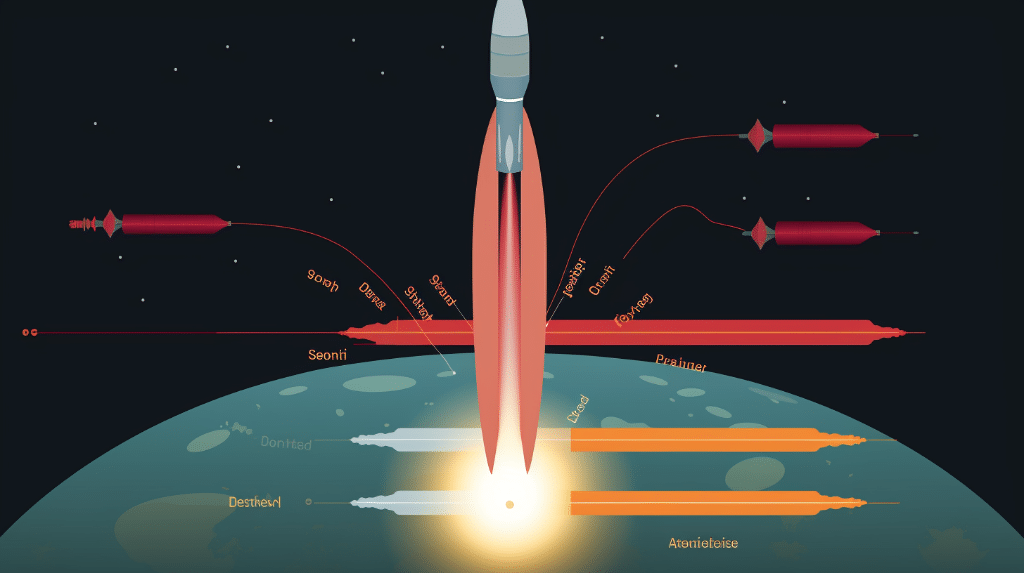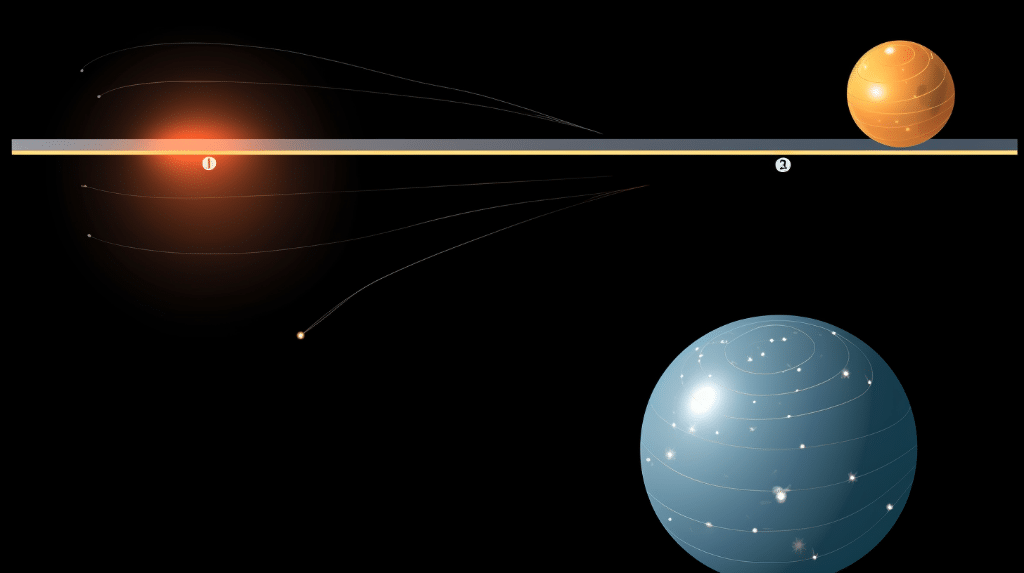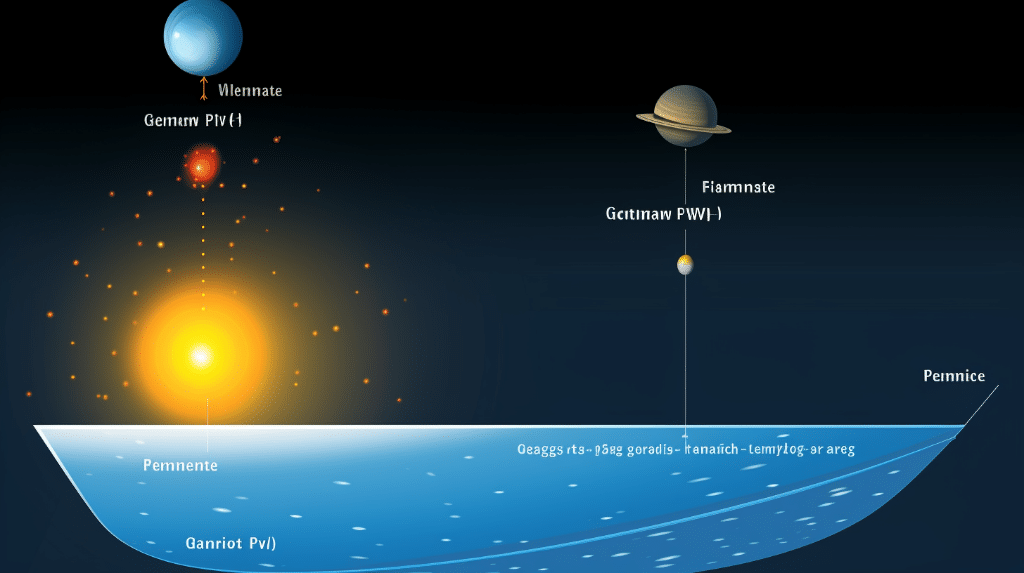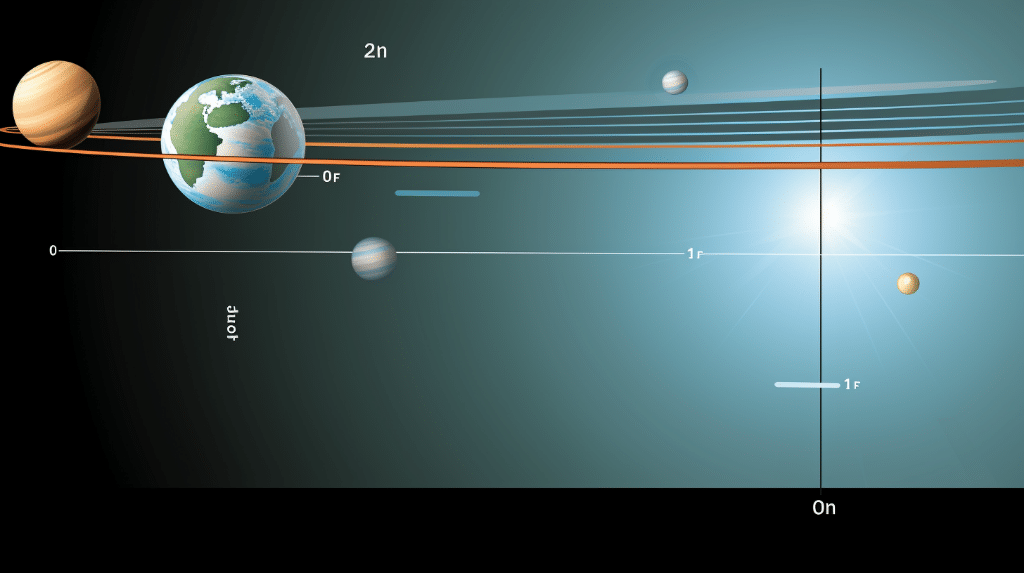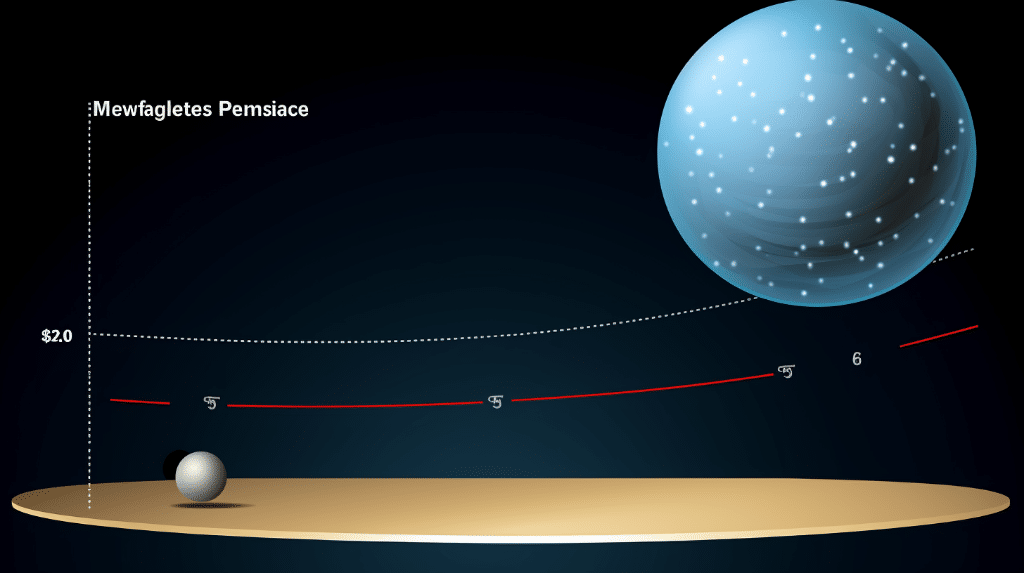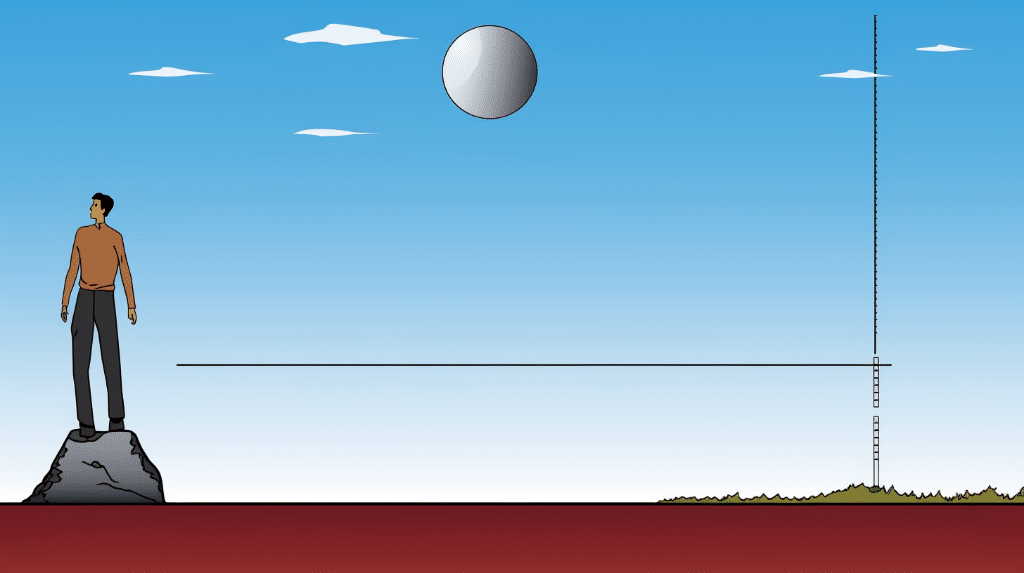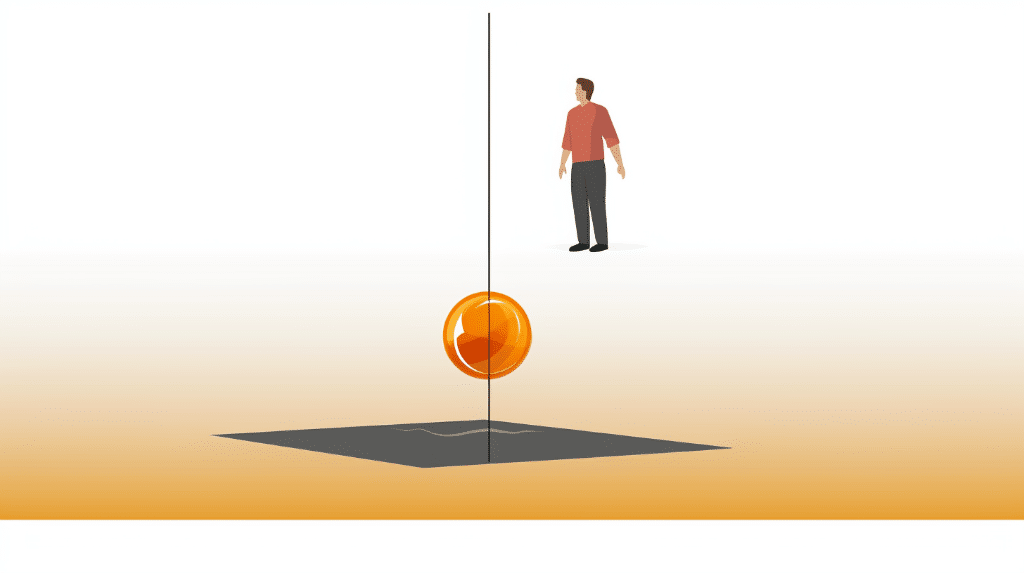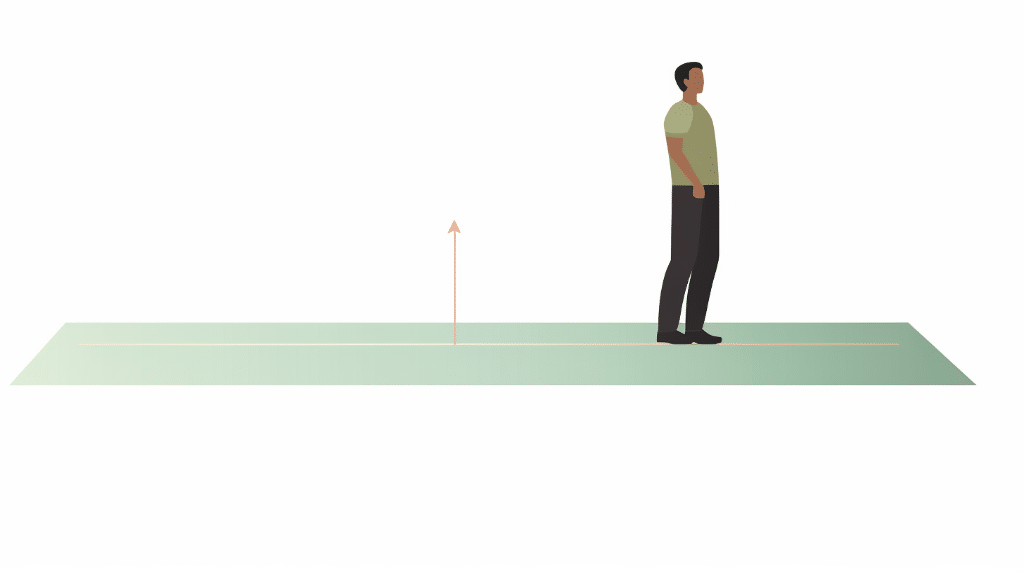Centripetal force is a fundamental concept in physics that describes the force required to keep an object moving in a circular path. It is essential to understand how to calculate centripetal force, as well as how to determine the mass of an object using centripetal force. In this blog post, we will explore step-by-step guides and examples for both scenarios.
How to Calculate Centripetal Force with Known Mass and Acceleration
The Formula for Calculating Centripetal Force

To calculate centripetal force, we use the following formula:
![]()
Where:
– ![]() is the centripetal force in Newtons (N)
is the centripetal force in Newtons (N)
– ![]() is the mass of the object in kilograms (kg)
is the mass of the object in kilograms (kg)
– ![]() is the velocity of the object in meters per second (m/s)
is the velocity of the object in meters per second (m/s)
– ![]() is the radius of the circular path in meters (m)
is the radius of the circular path in meters (m)
Step-by-Step Guide to Calculate Centripetal Force
To calculate centripetal force, follow these steps:
- Determine the mass of the object (m) in kilograms (kg).
- Measure the velocity of the object (v) in meters per second (m/s).
- Measure the radius of the circular path (r) in meters (m).
- Substitute the values of mass, velocity, and radius into the centripetal force formula
 .
. - Calculate the centripetal force (Fc) using the formula.
Worked Out Example: Calculating Centripetal Force with Known Mass and Acceleration
Let’s work through an example to solidify our understanding. Suppose we have a mass (m) of 2 kg, a velocity (v) of 5 m/s, and a radius (r) of 3 meters. We can calculate the centripetal force (Fc) using the following steps:
- Mass (m) = 2 kg
- Velocity (v) = 5 m/s
- Radius (r) = 3 meters
Substituting these values into the centripetal force formula ![]() , we can calculate:
, we can calculate:
![]()
![]()
![]()
![]()
Therefore, the centripetal force required to keep the object moving in a circular path is approximately 16.67 Newtons (N).
How to Determine Mass Using Centripetal Force
The Formula for Finding Mass in Centripetal Force
To determine the mass of an object using centripetal force, rearrange the centripetal force formula as follows:
![]()
Where:
– ![]() is the mass of the object in kilograms (kg)
is the mass of the object in kilograms (kg)
– ![]() is the centripetal force in Newtons (N)
is the centripetal force in Newtons (N)
– ![]() is the radius of the circular path in meters (m)
is the radius of the circular path in meters (m)
– ![]() is the velocity of the object in meters per second (m/s)
is the velocity of the object in meters per second (m/s)
Step-by-Step Guide to Find Mass Using Centripetal Force
To find the mass using centripetal force, follow these steps:
- Determine the centripetal force (Fc) in Newtons (N).
- Measure the radius of the circular path (r) in meters (m).
- Measure the velocity of the object (v) in meters per second (m/s).
- Substitute the values of centripetal force, radius, and velocity into the mass formula
 .
. - Calculate the mass (m) using the formula.
Worked Out Example: Finding Mass Using Centripetal Force
Let’s work through an example to illustrate how to find mass using centripetal force. Suppose we have a centripetal force (Fc) of 30 N, a radius (r) of 4 meters, and a velocity (v) of 6 m/s. We can determine the mass (m) using the following steps:
- Centripetal force (Fc) = 30 N
- Radius (r) = 4 meters
- Velocity (v) = 6 m/s
Substituting these values into the mass formula ![]() , we can calculate:
, we can calculate:
![]()
![]()
![]()
Therefore, the mass of the object is approximately 3.33 kilograms (kg) based on the given centripetal force, radius, and velocity.
How to Calculate Centripetal Force without Known Mass

The Concept of Centripetal Force without Mass
In some situations, we may need to calculate the centripetal force without knowing the mass of the object. This can be achieved by using Newton’s second law of motion, which states that the force acting on an object is equal to its mass multiplied by its acceleration. Since centripetal force is responsible for the acceleration of an object moving in a circular path, we can use this concept to calculate the centripetal force without known mass.
Step-by-Step Guide to Calculate Centripetal Force without Known Mass

To calculate centripetal force without known mass, follow these steps:
- Determine the acceleration of the object (a) in meters per second squared (m/s^2).
- Measure the radius of the circular path (r) in meters (m).
- Substitute the values of acceleration and radius into the formula
 .
. - Calculate the centripetal force (Fc) using the formula.
Worked Out Example: Calculating Centripetal Force without Known Mass
Let’s work through an example to illustrate how to calculate centripetal force without known mass. Suppose we have an acceleration (a) of 10 m/s^2 and a radius (r) of 2 meters. We can calculate the centripetal force (Fc) using the following steps:
- Acceleration (a) = 10 m/s^2
- Radius (r) = 2 meters
Substituting these values into the centripetal force formula ![]() , we can calculate:
, we can calculate:
![]()
Since we don’t know the mass (m), we cannot obtain an exact value for the centripetal force. However, we can conclude that the centripetal force is proportional to the acceleration of the object and inversely proportional to the radius of the circular path.
By understanding how to calculate centripetal force with known mass and acceleration, determine mass using centripetal force, and calculate centripetal force without known mass, we can better comprehend the concept of centripetal force and its significance in physics. These formulas and step-by-step guides provide a solid foundation for solving various problems related to centripetal force, allowing us to analyze the motion of objects in circular paths with ease.
Keep practicing and exploring the applications of centripetal force in different scenarios to develop a deeper understanding of this fundamental concept in physics.
How can mass be determined using centripetal force and how does it relate to calculating constant acceleration using distance and time?
The concept of finding mass in centripetal force involves understanding the relationship between force, mass, and centripetal acceleration. On the other hand, the idea of “calculating constant acceleration using distance” explores how to determine constant acceleration based on distance and time measurements. By combining these themes, we can investigate how the mass of an object impacts its constant acceleration and utilize the relationship between centripetal force and constant acceleration to determine the mass of an object when given its distance and time measurements.
Numerical Problems on How to Find Mass in Centripetal Force
Problem 1:
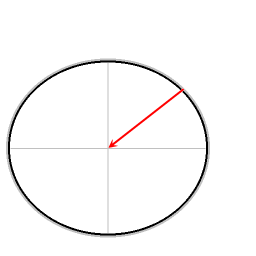
A car of mass 1200 kg is moving in a circular path with a radius of 40 m. If the car is experiencing a centripetal force of 1000 N, what is the speed of the car?
Solution:
Given:
– Mass of the car, m = 1200 kg
– Radius of the circular path, r = 40 m
– Centripetal force, F = 1000 N
We know that the centripetal force (F) is given by the equation:
![]()
where:
– m is the mass of the object
– v is the velocity of the object
– r is the radius of the circular path
To find the velocity (v), we rearrange the equation:
![]()
Substituting the given values:
![]()
Simplifying the equation:
![]()
![]()
Therefore, the speed of the car is approximately 5.77 m/s.
Problem 2:
A stone of mass 0.2 kg is tied to a string and is swung in a circular path of radius 0.5 m. If the stone completes one revolution in 2 seconds, what is the tension in the string?
Solution:
Given:
– Mass of the stone, m = 0.2 kg
– Radius of the circular path, r = 0.5 m
– Time taken for one revolution, T = 2 s
The period (T) of one revolution is the time taken for the stone to complete one full cycle. It is related to the frequency (f) using the equation:
![]()
We can find the frequency using:
![]()
Substituting the given values:
![]()
![]()
The centripetal force (F) acting on the stone is given by the equation:
![]()
where:
– m is the mass of the object
– v is the velocity of the object
– r is the radius of the circular path
We can find the velocity (v) using:
![]()
Substituting the given values:
![]()
![]()
Substituting the values of m, v, and r into the equation for centripetal force:
![]()
Simplifying the equation:
![]()
Therefore, the tension in the string is approximately 19.74 N.
Problem 3:
A satellite of mass 500 kg is in orbit around the Earth at a radius of 6.4 x 10^6 m. If the satellite is experiencing a centripetal force of 2 x 10^7 N, what is the speed of the satellite?
Solution:
Given:
– Mass of the satellite, m = 500 kg
– Radius of the orbit, r = 6.4 x 10^6 m
– Centripetal force, F = 2 x 10^7 N
Using the same equation as in Problem 1, we can find the velocity (v) by rearranging the equation:
![]()
Substituting the given values:
![]()
Simplifying the equation:
![]()
![]()
Therefore, the speed of the satellite is approximately 1.6 x 10^6 m/s.
Also Read:
- How to find potential energy with height and mass
- How to find torque with mass
- How to find normal force with mass
- How to calculate mass from force
- Law of conservation of mass
- Magnetic force and mass
- Advantages of biomass energy
- How to find kinetic energy with mass and height
- Biomass energy examples
- How to find conservation of mass
